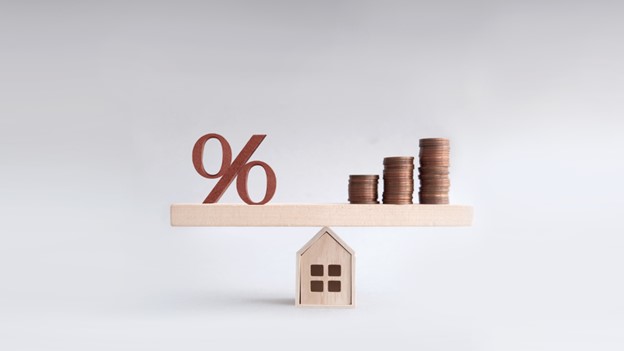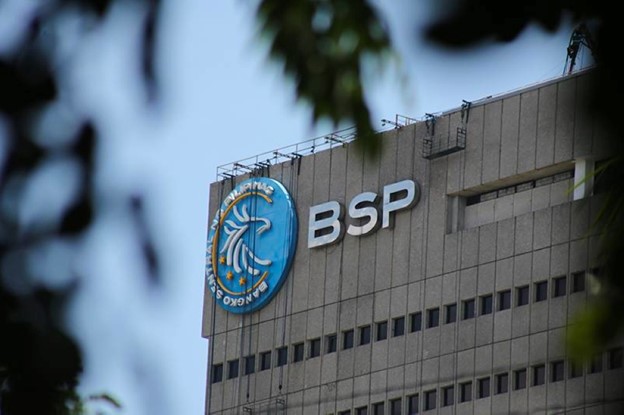An announcement on interest rate hikes is always a big news. For one, they always coincide with high inflation rates.
At face value, they may look like a double burden to households. However, the underlying economics for interest hikes are more protective than harmful. Below, we explore the instances when interest hikes are necessary and how they play out in the macroeconomy.

Factors that affect interest rates
Bank interest rates are usually encountered in two ways: the interest on a depositor’s money in or the bank interest on their loan. But how are these rates actually determined?
In the Philippines, the Bangko Sentral ng Pilipinas (BSP) increases or decreases interest based on a benchmark rate. But what is the basis for the benchmark rate adjustments?
Many factors signal to the BSP on how many base points it should add or deduct from the interest rates. The most notable ones are inflation rate, fiscal policy, intermediation cost, and other factors that may overlap.

Inflation rate
The inflation rate measures how fast prices rise over a specific period. Generally, moderate inflation is good for the economy. But the BSP intervenes when it grows too quickly over a short time and stays elevated for a long time.
Why? Because high inflation means there is more money in circulation. And with so much more disposable income, households spend more, which results in high demand for goods and services. As such, prices across the economy increase, resulting in a higher inflation rate.
During high inflation, the BSP sets higher benchmark interest rates based on predictions. However, the impact of these benchmark rate adjustments does not fully take effect until about a year, based on historical data. Despite this, the key policy rate is still the BSP’s most powerful tool in maneuvering the economy into stable grounds during high inflation.
High inflation calls for high interest rates.
To slow down the inflation rate, the BSP has to limit how much money is circulating in the market. While the central bank has no direct control over the actual interests set by individual banks, it may set a suggested rate to influence commercial rates. In short, BSP interest rates can help rein in inflation acceleration.
How? The interest rate is the cost of borrowing money. When banks raise interest, they make borrowing money harder for everybody, which leads to less money circulating in the market. When money is scarce, people spend less and cut their consumption of commodities. As a result, the demand for these commodities decreases, and businesses are also wary of increasing prices.
Beyond-target inflation and BSP benchmark rates
For instance, Philippine inflation has been accelerating in the past few months, ending at 7.7% as of October 2022. This uptrend has been picking up since March, with low chances of slowing down in the near future.
In fact, the current inflation level has already breached BSP’s forecasted rates for the year. Accordingly, the central bank has been issuing back-to-back increases in its benchmark rates to stabilize prices back to ideal levels.
In summary, when inflation is high, the BSP also increases interest to limit people’s spending and bring down commodity prices.

Fiscal policy
High inflation is not the sole driver of high interest rates. Sometimes it can also be influenced by the level of government spending and the impact of taxation. Essentially, interest rates move with the supply and demand of money.
Aside from inflation, the government’s fiscal policy could also increase interest rates. Interest rates increase when the government spends more than it collects, and these spendings are from loans. The same is true when the demand for loans or the lending rate increases.
Intermediation cost
Every transaction costs something. And when the transaction requirements are high, they can also increase interest rates. This includes administrative costs and BSP reserve requirements. Furthermore, costs vary across banks, and they usually reflect on their lending rate.
Other factors
Financial instruments with longer maturity carry more risk of incurring losses and therefore have higher interest rates. Furthermore, the perception of risk attached to instruments can also increase their interest rate. And lastly, banks that hold more non-performing assets are naturally more reluctant to lend, which translates to elevated interest rates.

Effects of high interest rates
Though the interest rates set by the central bank apply only to commercial banks, their effects trickle down to individuals and households. Remember that the BSP is the bank of the banks. Therefore, when the BSP raises its benchmark rates, it encourages banks to save money in the central bank. As a result, it may lead to the following effects on the market:
Low money supply
Since banks are earning high interest from the central bank, they must raise their interest rates when lending to private individuals to make it worthwhile. Furthermore, interest rates influence the desire of borrowers to take out loans. As a result, individuals, households, and businesses now have less money to spend.
Less consumer spending
With high interest and low money supply, the market’s propensity to spend also declines. Aside from paying more to borrow money, interest on recurring payments might also increase. Suppose an individual has a variable mortgage. In that case, a higher interest rate would mean they would need to spend more for their monthly payments. As a result, they would feel more conservative toward spending on things beyond essentials.
Low production
Businesses also borrow from banks to expand or finance their operations. When interests are high, firms may be reluctant to hire more people, raise wages, or expand their investments. Even farmers may refuse to take up new loans to purchase equipment for increased production.
Low sales
As a result of the previously mentioned effects, low sales are also expected when interests are high. For one, people would instead save rather than spend their extra cash because of high interest returns. In addition, high interests mean lesser borrowings and forgone purchases.
When this becomes market-wide, businesses are forced to lower their prices, and inflation will adjust. Though these effects may sound alarming in the short term, these are what interest hikes are supposed to do.
Up to how much interest rate hike is good?
The effectiveness of an interest rate hike should be measured on something other than how high it is. It is also essential to assess its impact on many economic factors like inflation and economic growth. Historically, very high interest rates have been successful in mitigating inflation. However, too high interests also inhibit economic growth. In other words, the ideal interest rate strikes a balance between mitigating inflation and promoting economic growth.
How do interest rates affect real estate investments?

When locked in a mortgage with a fixed rate, the rise in interest rates means instant savings. Alternatively, those locked in paying variable interest on their mortgage will have to shell out more money to pay for their loans.
New homebuyers may face higher interest rates when taking out loans to finance their properties. Commercial spaces may also see a decline in occupancy as the cost of expansion increases across the market.
Overall, high interest may result in a decline in real estate investments in the short term. However, this can also lead to lower real estate prices eventually. But as per Colliers. Philippines’ report, the Philippine property market is still on a rebound trajectory amid high interests. In conclusion, even with high interest, one can still win in real estate. It is only a matter of timing and taking calculated risks.

Check out our Houses for sale in the Philippines
Discover our house and lot for sale in the Philippines
Sources:
Why should interest interest you? (Retrieved from Bangko Sentral ng Pilipinas)


